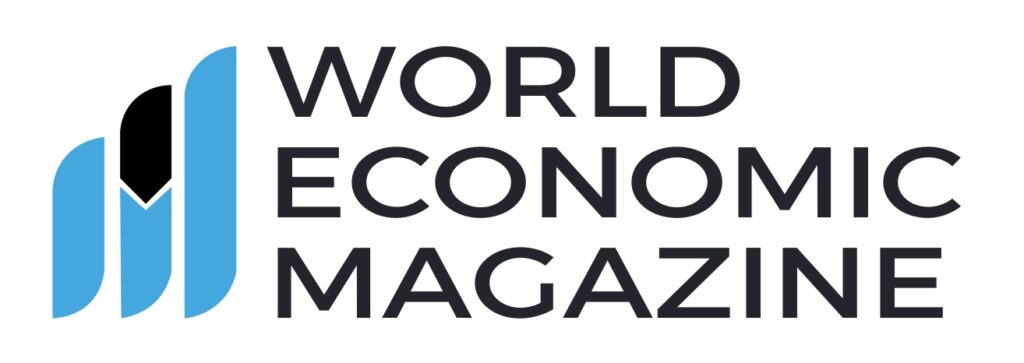
Challenges Mount for the Bank of England:Questions Arise Over the Reliability of Economic Forecasts
The Bank of England’s forecasting methods face scrutiny as the aftermath of inflationary surprises prompts a review by former Federal Reserve Chair Ben Bernanke. Economic experts and former policymakers criticize the Bank’s “inadequate” projection models and narrow outlook, highlighting the need for a shake-up.
While internal disagreements among rate-setters complicate matters, suggestions include adopting dot plots for individual projections and publishing alternative scenarios. The Bank of England grapples with predicting inflation amid unprecedented global events, emphasizing the necessity for transparent and effective forecasting strategies to guide economic decisions.
The intricacies of economic forecasting come under the spotlight as the Bank of England faces criticism for its failure to predict the surge in inflation post-COVID and the Russian invasion of Ukraine. Experts emphasize the limitations of forecasting models, calling for a more nuanced approach that incorporates probability distributions. Internal disagreements among policymakers and a lack of diverse views within the Bank prompt a reassessment of forecasting methods. This article explores the challenges, critiques, and potential reforms needed to enhance the effectiveness of economic forecasts in a rapidly changing global landscape.
Bernanke’s Decision: A Significant Phase in the Bank of England’s Future Forecasting
Former Federal Reserve Chair Ben Bernanke’s impending report on the Bank of England’s forecasting methods signals a pivotal moment for the institution. As economic experts eagerly await the recommendations, the review offers a “once in a lifetime” opportunity to reshape forecasting and communication strategies. With inflation hitting historic highs, internal disagreements persist, prompting calls for greater transparency and individual projections. This article delves into the anticipation surrounding Bernanke’s verdict and the potential impact on the Bank’s role in guiding economic decisions.
In the wake of criticism and internal discord, the Bank of England contemplates a revamp of its forecasting methods. Proposals include adopting dot plots for individual projections, mirroring the Federal Reserve’s approach. Experts argue for the publication of alternative scenarios to better convey uncertainties and parameters for decision-making. The article explores these proposed reforms’ potential benefits and challenges, emphasizing the importance of a transparent and effective forecasting approach in navigating complex economic landscapes.
The Bank of England grapples with the complexities of economic forecasting in the face of unprecedented global events. The surge in inflation post-COVID and the Russian invasion of Ukraine exposes the limitations of traditional models. As former Federal Reserve Chair Ben Bernanke undertakes a review, the Bank considers potential reforms, including individual projections and alternative scenarios. This article examines the unique challenges the Bank faces in predicting economic trends, highlighting the need for adaptive forecasting strategies in an ever-evolving global scenario.






